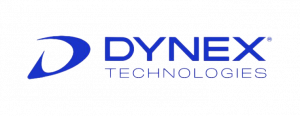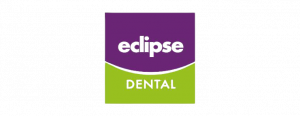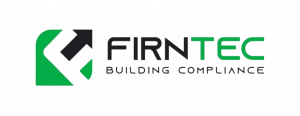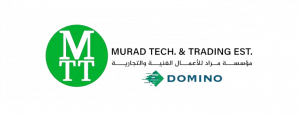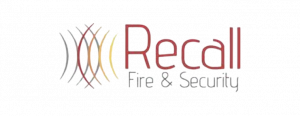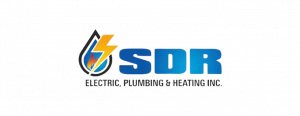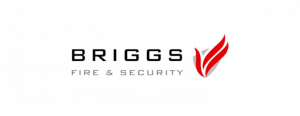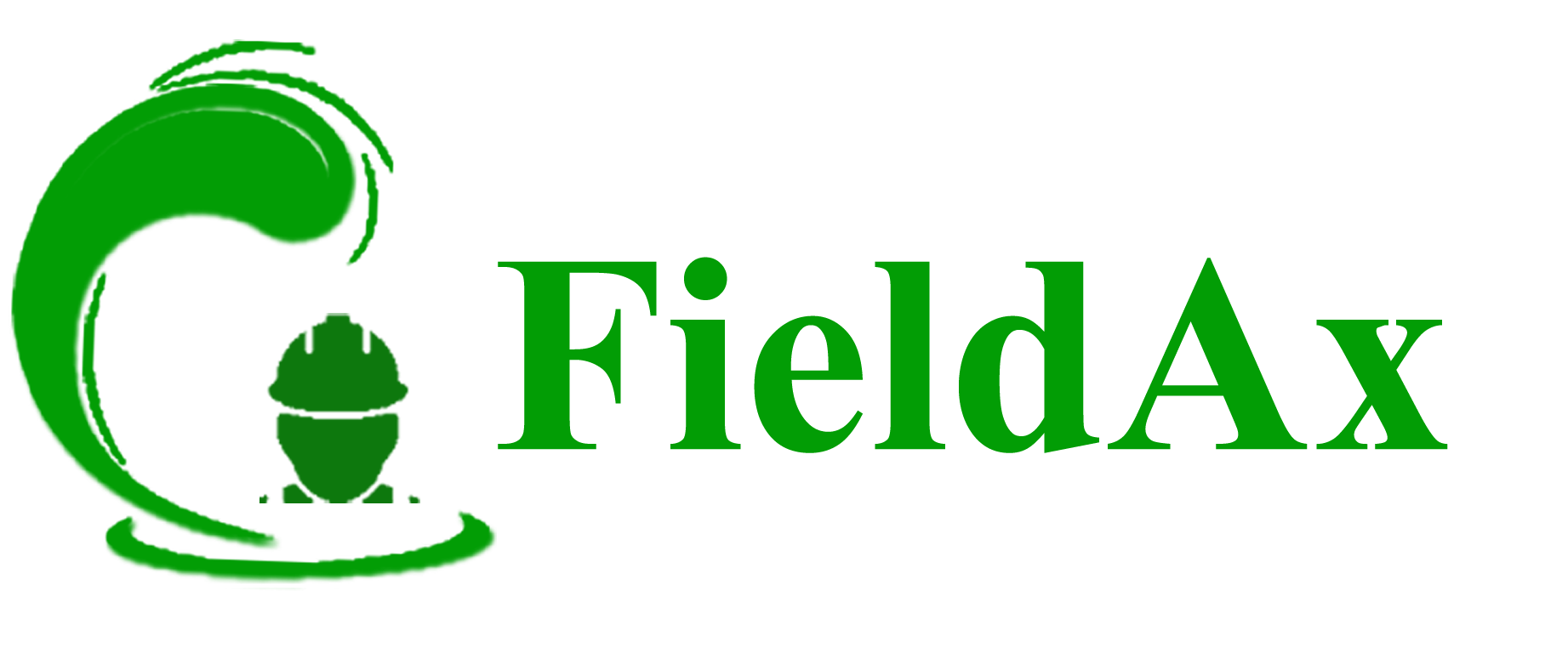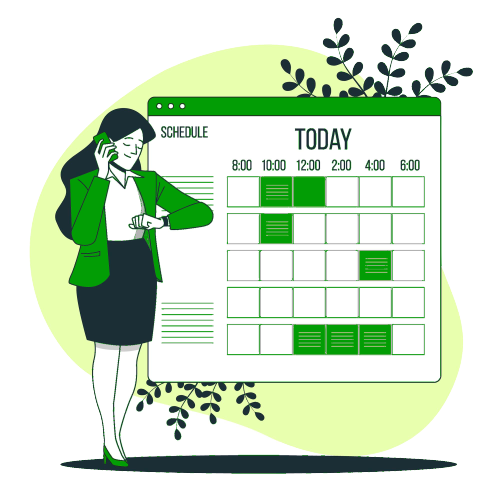Comprehensive Guide to IoT
The Internet of Things (IoT) refers to a network of physical devices—ranging from everyday household items to sophisticated industrial tools—that are embedded with sensors, software, and other technologies, allowing them to connect and exchange data with other devices and systems over the internet. Here’s a comprehensive explanation to give you a solid understanding:
1. Core Definition and Concept
- Basic Idea:
At its core, IoT is all about connecting physical objects to the internet, enabling these “smart” devices to send and receive data autonomously. Whether it’s a refrigerator that can alert you when you’re running low on milk or industrial machinery that monitors its own performance, IoT bridges the digital and physical worlds. - Connectivity:
Each IoT device communicates over networks using wireless (or wired) connections. They use various communication protocols (like Wi-Fi, Bluetooth, Zigbee, or cellular networks) to interact with other devices, cloud platforms, or centralized systems.
2. Key Components
- Devices/Sensors:
Sensors and actuators are embedded in devices to collect data (e.g., temperature, pressure, motion) or to interact with the physical environment (like turning on a light or opening a valve). - Connectivity and Communication:
Devices typically use short-range wireless methods (Bluetooth, Zigbee) or long-range connections (cellular networks, LPWAN technologies) to transmit the data they collect. - Edge Computing:
In many applications, preliminary data processing is done locally on or near the device (edge computing). This minimizes latency, reduces bandwidth needs, and can enable quicker responses to local events. - Cloud/Backend Systems:
Data from individual IoT devices is often sent to cloud platforms or centralized servers for further analysis, storage, and processing. Advanced analytics, including machine learning, can then generate actionable insights. - User Interface/Applications:
The insights derived from IoT data are usually presented via dashboards, mobile apps, or web interfaces, enabling users to monitor systems, receive alerts, or trigger actions remotely.
3. How IoT Works
- Data Acquisition and Sensing:
Devices equipped with sensors collect various kinds of data (environmental, mechanical, etc.). For example, a smart thermostat senses temperature changes in your home. - Connectivity:
The collected data is transmitted to a cloud service or centralized platform through a network. Depending on the application, communication could be real-time or periodic. - Data Processing:
Once in the cloud or on an edge server, the data is processed—often using algorithms or machine learning—to derive insights. This analysis can inform decision-making processes. - User Interaction/Action:
Based on the processed data, a user or an automated system may take action. For instance, if a sensor detects unusual movement, a security system might send a notification to the homeowner.
4. Applications and Use Cases
- Home Automation:
Smart home devices like thermostats, security cameras, smart locks, and lighting systems enhance comfort, convenience, and energy efficiency. - Healthcare:
Wearable IoT devices monitor vital signs, track patient activity, and provide real-time health analytics, playing a crucial role in telemedicine and remote patient monitoring. - Industrial IoT (IIoT):
In manufacturing and other industries, sensors monitor machine performance, predict failures, and optimize production processes—ushering in the era of smart factories. - Agriculture:
Sensors monitor crop health, soil moisture, and weather conditions, helping farmers optimize irrigation and crop management, thereby improving yield and sustainability. - Transportation and Smart Cities:
IoT is applied in traffic management, public transportation systems, and infrastructure monitoring to enhance urban planning, reduce congestion, and improve public safety. - Retail and Supply Chain Management:
Smart sensors and tracking systems improve inventory management, monitor temperature-sensitive shipments, and enhance the overall efficiency of supply chains.
5. Benefits and Advantages
- Efficiency and Automation:
Automated data collection and decision-making can streamline operations, reduce costs, and improve service delivery. - Enhanced Decision-Making:
By collecting and analyzing real-time data, businesses and individuals can make more informed decisions, leading to better outcomes in areas like energy management and logistics. - Improved Safety and Security:
From home security systems to industrial safety sensors, IoT devices can provide early warnings of potential hazards, thereby enhancing safety. - Personalization:
IoT devices in consumer electronics can adjust their behavior based on usage patterns, making products more personalized and user-friendly.
6. Challenges and Considerations
- Security:
With so many devices connected to the internet, potential vulnerabilities can be exploited by cyber attackers. Securing data, ensuring privacy, and maintaining robust authentication methods are essential challenges in IoT environments. - Interoperability:
The diversity of devices and communication protocols can lead to compatibility issues. Standards and interoperability frameworks are vital for ensuring seamless communication across different systems. - Data Management and Privacy:
The vast amount of data generated by IoT devices poses challenges in data storage, processing, and ensuring user privacy. Clear policies and technologies for data anonymization and protection are critical. - Scalability:
As IoT deployments grow, managing a large number of connected devices becomes increasingly complex. Infrastructure needs to be scalable to handle the influx of data and maintain quality of service. - Energy Efficiency:
Many IoT devices rely on batteries or are deployed in remote areas. Ensuring these devices are energy-efficient and can function over long periods without maintenance is crucial.
7. Future Trends
- 5G and Beyond:
The rollout of 5G networks is set to revolutionize IoT by offering low latency, high bandwidth, and enhanced connectivity for a massive number of devices. - Artificial Intelligence Integration:
Combining IoT with artificial intelligence will enable more predictive and prescriptive analytics, making systems smarter and more autonomous. - Edge and Fog Computing Evolution:
As more data is processed near the source rather than in the cloud, the speed and efficiency of IoT applications will improve significantly, opening up new possibilities in real-time analytics and control.
Improved Standards and Protocols:
Ongoing efforts to develop global standards for interoperability, security, and data management will help overcome many current challenges and drive broader adoption.
IoT is transforming how we interact with the world by connecting physical objects to digital networks. Its wide-ranging applications—from smart homes and wearable devices to industrial automation and smart cities—demonstrate its potential to drive efficiency, innovation, and better decision-making. However, with these opportunities come challenges, particularly around security, interoperability, and data management, which are the focus of ongoing research and development. As technology evolves, IoT is poised to become even more integral to our lives, making the connectivity between the physical and digital world seamless and highly efficient.
Our trusted customers
